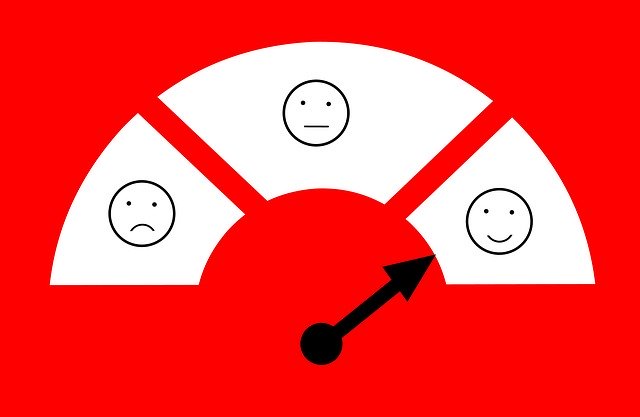The University has just launched a pulse survey aimed at taking the wellbeing temperature of staff now we are a few weeks into lockdown. Measuring wellbeing is a tricky thing though.
I’m currently studying a brilliant module “Promoting Health and Wellbeing” (it’s part of the Public Health Masters here at Christ Church), and measurement is the bit I find most tricky.
I have learnt that health and wellbeing is complex and influenced by a range of factors from individual to societal and all points in between: individual physical and mental health conditions; work; housing; social capital; personal skills; role models; education and more. Of course this makes sense – we are irrational, multi-faceted and ever changing creatures, so our health is too.
Additionally, people are often reluctant to express their health needs, or feel unable to for all sorts of reasons. All this means that objective measurements are limited and sometimes we might need to accept that our understanding of the health and wellbeing of any individual or community we are measuring is either purely indicative (e.g. half of the people who responded, which was 20% of the cohort, said they were experiencing stress), or very specific (e.g. this individual has a BMI of 26).
Given this quandry, is it even worth attempting to measure health and wellbeing? It is, as long as you are clear what data you are collecting and why.

Back to the University’s staff wellbeing survey. The information being collected is, by nature, largely subjective but no less valid for that – individuals’ experiences are genuine and need to be heard. Many people who have wellbeing needs are able to express them directly to their colleagues or line manager, but some are not. A simple anonymous questionnaire can allow those whose voices have (for all sorts of reasons) remained silent, to be heard. Not responded to individually in this case, but still conveyed. The questions are written to ask about how people “feel” in their current circumstances, and so all responses are true.
That’s the “what”, so how about the “why”? Well, at a high level it is hoped some sense of the overall picture of the wellbeing of staff at this difficult time will emerge. More specifically it is hoped that there will be enough information in the responses that the support and information being offered to staff can be adjusted to meet need; that line managers have an improved awareness of the kinds of issues they need to be conscious of; that some of the suggestions made in the open text question about what would make a difference, can be acted upon; and that overall colleagues are left with a sense that the University, as an employer, cares about them.
That’s a tall order for a handful of questions, and perhaps too ambitious. But that’s never been a reason not to try.
If you want to complete the questionnaire and contribute to this measurement, please do take 5 mintues to complete the anonymous staff survey.
Juliet Flynn, Organisational and People Development
 People, Culture and Inclusion
People, Culture and Inclusion Juliet Flynn
Juliet Flynn 501
501


